SpaceX just hit the FCC’s goal for low internet lag. Next step: 1 gigabit internet speeds.


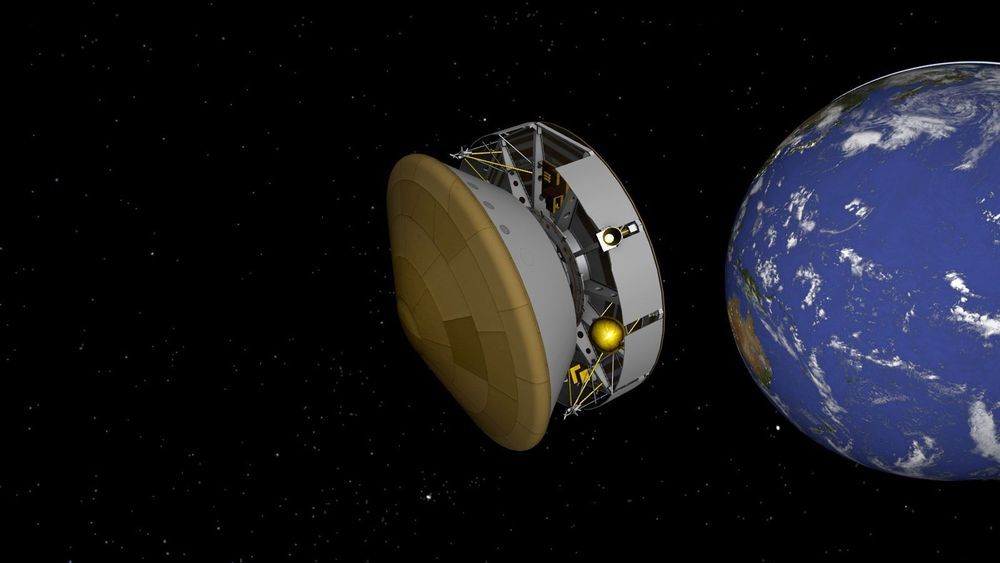
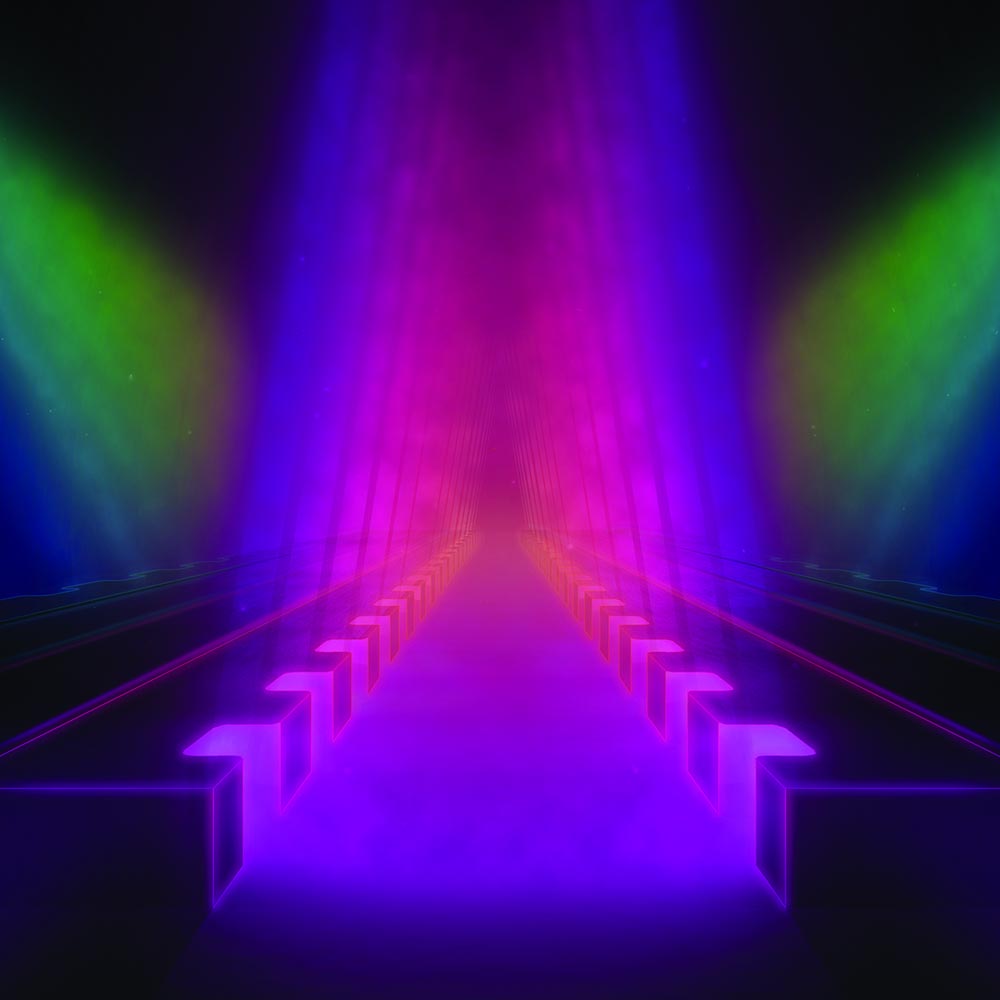
Researchers have fashioned ultrathin silicon nanoantennas that trap and redirect light, for applications in quantum computing, LIDAR and even the detection of viruses.
Light is notoriously fast. Its speed is crucial for rapid information exchange, but as light zips through materials, its chances of interacting and exciting atoms and molecules can become very small. If scientists can put the brakes on light particles, or photons, it would open the door to a host of new technology applications.
Now, in a paper published on August 17, 2020, in Nature Nanotechnology, Stanford scientists demonstrate a new approach to slow light significantly, much like an echo chamber holds onto sound, and to direct it at will. Researchers in the lab of Jennifer Dionne, associate professor of materials science and engineering at Stanford, structured ultrathin silicon chips into nanoscale bars to resonantly trap light and then release or redirect it later. These “high-quality-factor” or “high-Q” resonators could lead to novel ways of manipulating and using light, including new applications for quantum computing, virtual reality and augmented reality; light-based WiFi; and even the detection of viruses like SARS-CoV-2.

The internet has transformed most areas of our lives over the last few decades, and the technology keeps improving: researchers just set a new record for data transmission rates, logging an incredible speed of 178 terabits per second (Tbps).
That’s around a fifth faster than the previous record, set by a team of researchers in Japan, and roughly twice as fast as the best internet available today.
With 4K movies about 15GB in size, you could download about 1,500 of them in a single second at the new speed.

Engineers in London just smashed the world’s data transmission rate with a speed a fifth faster than the previous record. They hit a rate of 178 terabits a second, beating the previous 172 terabits.

The world’s fastest data transmission rate has been achieved by a team of University College London engineers who achieved internet transmission speed a fifth faster than the previous record.
Working with two companies, Xtera and KDDI Research, the research team led by Dr. Lidia Galdino (UCL Electronic & Electrical Engineering), achieved a data transmission rate of 178 terabits a second (178,000,000 megabits a second) – a speed at which it would be possible to download the entire Netflix library in less than a second.
The record, which is double the capacity of any system currently deployed in the world, was achieved by transmitting data through a much wider range of colors of light, or wavelengths, than is typically used in optical fiber. (Current infrastructure uses a limited spectrum bandwidth of 4.5THz, with 9THz commercial bandwidth systems entering the market, whereas the researchers used a bandwidth of 16.8THz.)

First and foremost, I would likd to reiterate that Elon Musk is not motivated by money. Elon Musk uses his wealth to make a difference to mankind. Yes he makes billions (and deservedly) but he invests his billions for other projects too. From Tesla to Neuralink; from Starlink to The Boring Company. And for me the ever exciting SpaceX. My only wish is I live long enough to witness his many inventions and projects.
Four months ago when I did the video below and predicted that Elon Musk would be the World’s First Trillionaire, most people laughed and ridiculed the video especially as at that time Elon was only the 35th Richest Man in the World with a net worth of around the $30 Billion mark.
Fast forward four months later, Elon has added another £57.2 Billion to his net worth. And from 35th to 4th richest person in the world.
Imagine being the world’s first Trillionaire overcoming Jeff Bezos. What further projects will Elon do to advance the development of mankind. I for one, can’t wait.
Elon Musk has led Tesla to successfully pioneered the electric car. Will Tesla also propel Elon Musk as a potential candidate for the position of the world’s first trillionaire.
It might seem like a stretch, with Elon Musk’s current net worth of $29.6 billion and so many competitors ahead of him, but it’s for the future potential of his countless projects that some believe he has a fighting chance at taking the title.
If Tesla continued to grow rapidly, how much would it have to grow for Elon to have a shot at the trillion dollar mark? That question brings us to his 2018 compensation plan. When the details of the new payment plan got out to the media, it caused a bit of a stir. It was called the largest executive compensation deal in history and thought to be able to make him the richest man on the planet. But not without reaching a couple of insane milestones first. Under the plan, Elon would have to raise Tesla’s value to $100 billion first, with each milestone being $50 billion higher – all the way up to $650 billion. This would mean increasing the company’s value 11-fold, making Tesla into one of the five biggest US companies – and all of this by 2028. Even though Tesla recently did reach over $100 billion before dropping slightly below it, the plan can still be considered ridiculously ambitious. But even if it were realised and Tesla reached the $650 billion mark, with Elon Musk’s stake then amounting to 28.3% in best case scenario, his net worth would only reach $184 billion. This could still easily make him the richest man in the world, but far below a trillion dollars in net worth.
So, the only way that it would be even possible for Elon to reach that number would be for not only Tesla, but all of his other ventures to do extremely well.
#elonmusk
#tesla
#elonmusktesla
YouTube Channel: https://bit.ly/2U7YpuV
Facebook: https://www.facebook.com/groups/luxuriouslifestyle/
Instagram: https://www.instagram.com/luxurious_lifestyl3/
-~-~~-~~~-~~-~
Please watch: “7 Lines of Codes Turn John Collison into Youngest Billionaire (at 29)“
-~-~~-~~~-~~-~
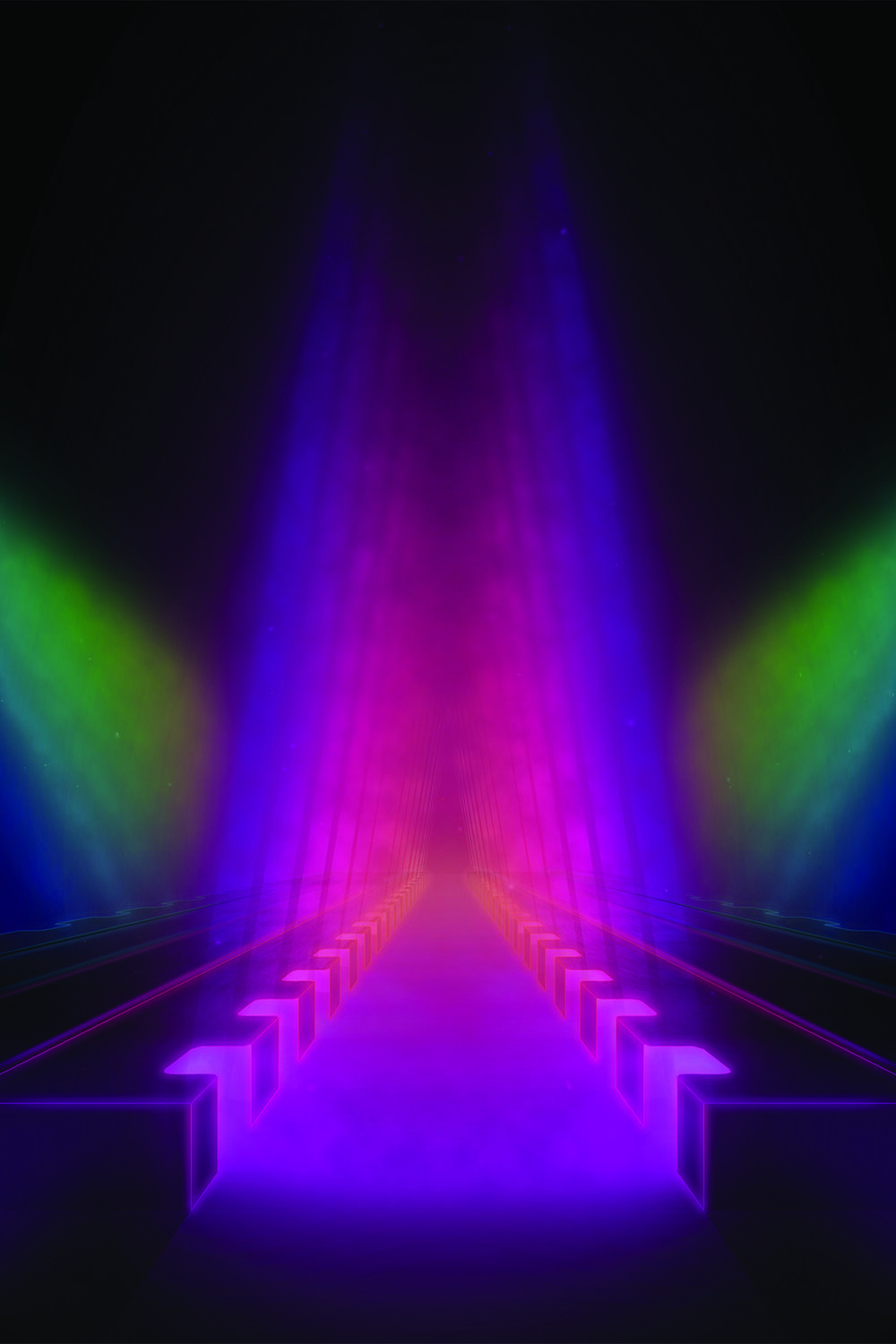
Light is notoriously fast. Its speed is crucial for rapid information exchange, but as light zips through materials, its chances of interacting and exciting atoms and molecules can become very small. If scientists can put the brakes on light particles, or photons, it would open the door to a host of new technology applications.
Now, in a paper published on Aug. 17, in Nature Nanotechnology, Stanford scientists demonstrate a new approach to slow light significantly, much like an echo chamber holds onto sound, and to direct it at will. Researchers in the lab of Jennifer Dionne, associate professor of materials science and engineering at Stanford, structured ultrathin silicon chips into nanoscale bars to resonantly trap light and then release or redirect it later. These “high-quality-factor” or “high-Q” resonators could lead to novel ways of manipulating and using light, including new applications for quantum computing, virtual reality and augmented reality; light-based WiFi; and even the detection of viruses like SARS-CoV-2.
“We’re essentially trying to trap light in a tiny box that still allows the light to come and go from many different directions,” said postdoctoral fellow Mark Lawrence, who is also lead author of the paper. “It’s easy to trap light in a box with many sides, but not so easy if the sides are transparent—as is the case with many Silicon-based applications.”
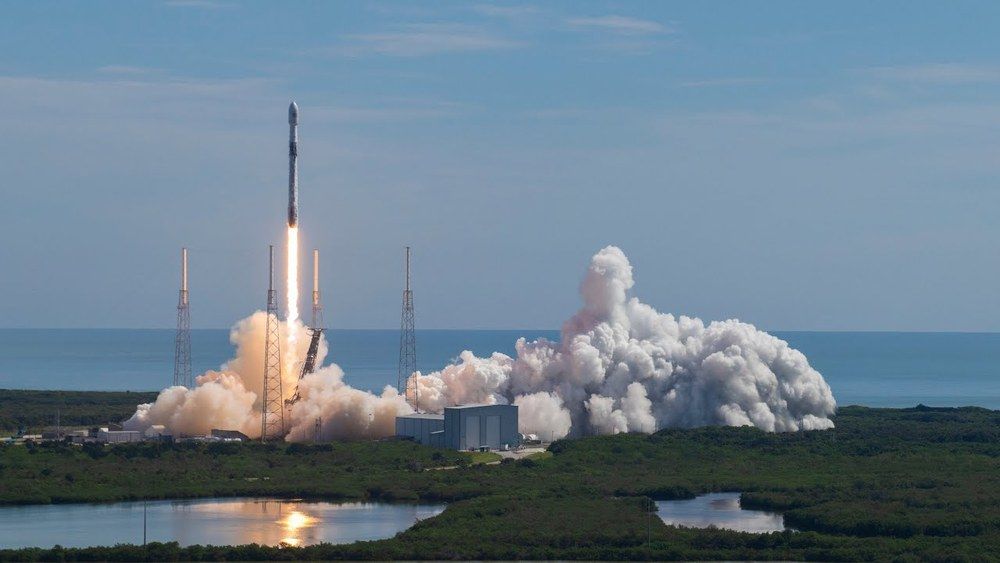
On August 18th, SpaceX launched a Falcon 9 rocket on its sixth mission to space, breaking the company’s record for reflights of a single booster. The rocket launched 58 of SpaceX’s internet-beaming Starlink satellites and three hitchhiking satellites from Planet.
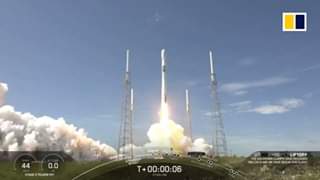
Lift-off from the site in the US state of Florida is scheduled for 1431GMT.
Source: SpaceX/AP
Comments shown at the moment when they appeared in the video.